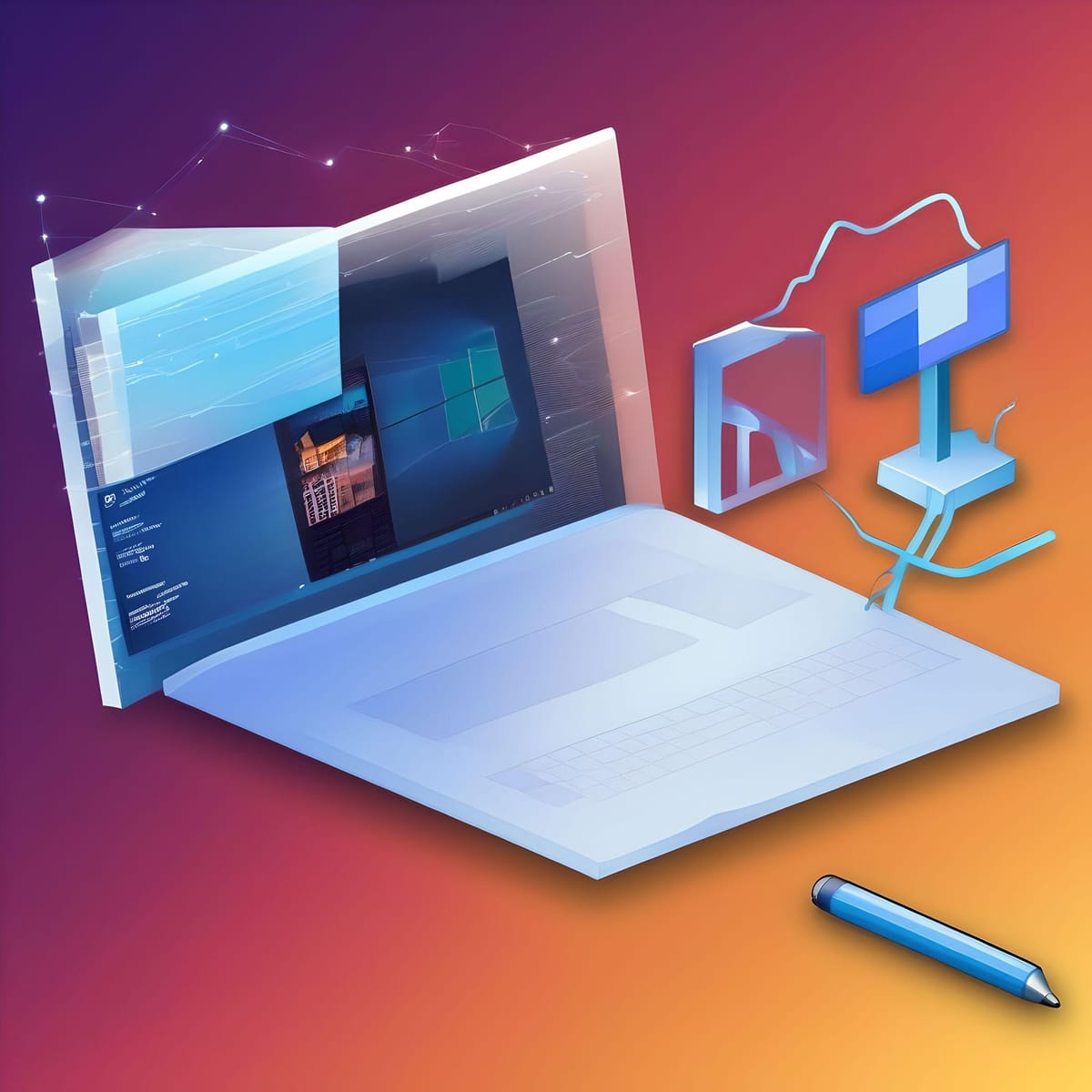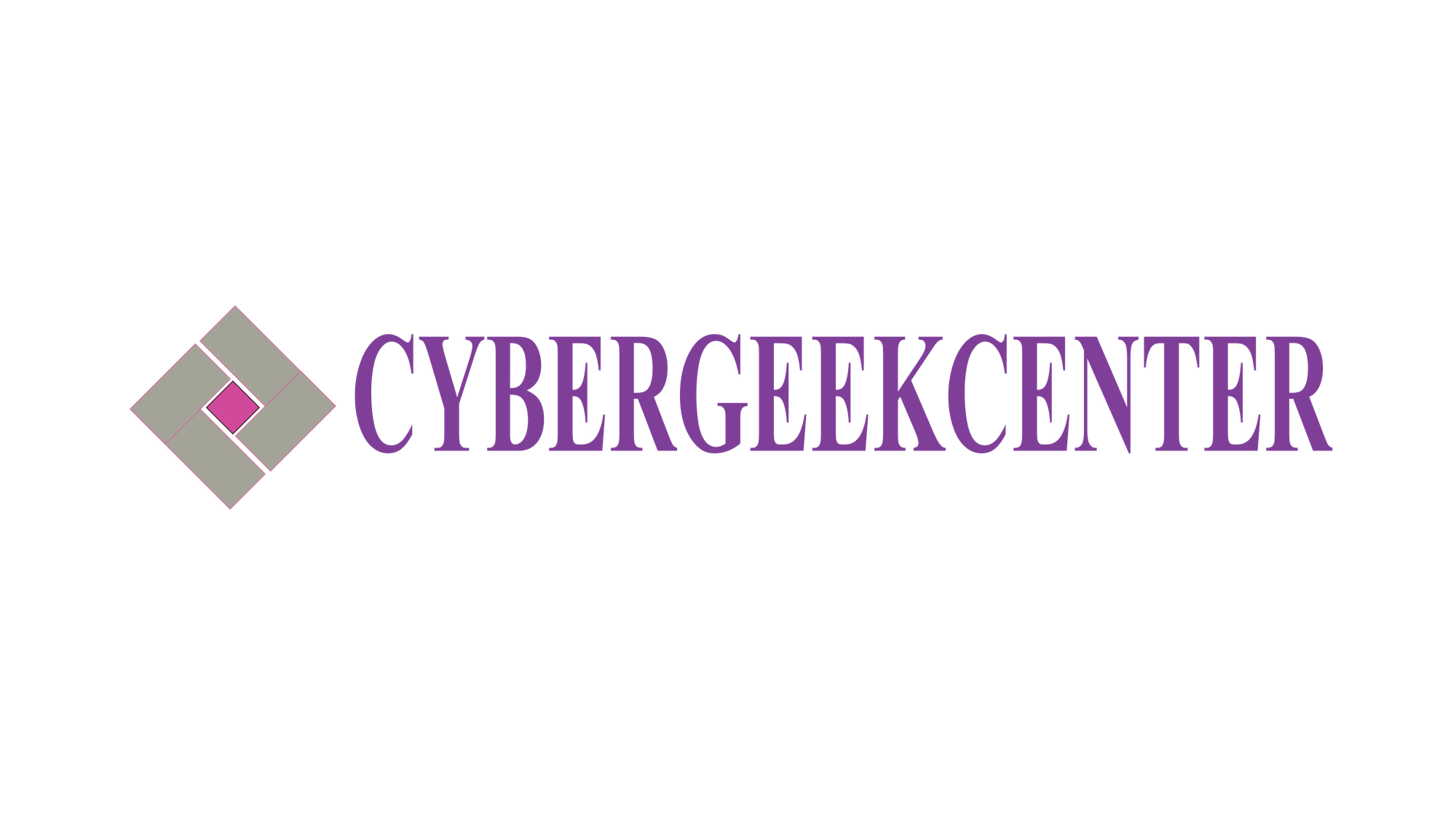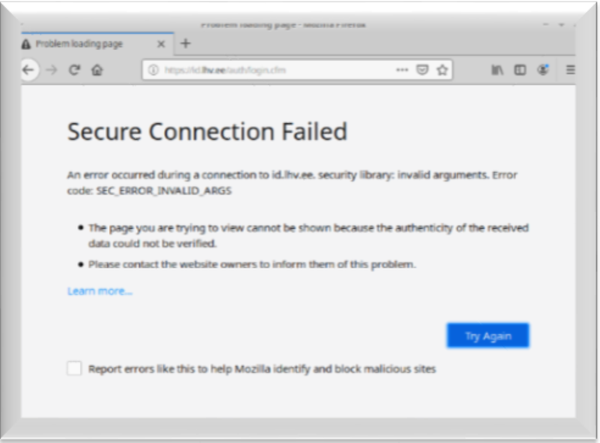HOW TO TROUBLESHOOT COMMON WINDOWS ISSUES
Navigate the Windows maze effortlessly! Discover step-by-step solutions to common issues—speed up sluggish performance, resolve glitches, and reclaim control. Your guide to hassle-free computing. #WindowsTroubleshooting #TechTips"

INTRODUCTION
The ultimate death screen. Genuine torment of a once exceptionally quick computer. Just as the mystery of how a magician produces a rabbit vanishes before our eyes, so too does the Internet disappear into the ether. Windows is the most advanced operating system, but like any tech companion, it can put a stop to the working of the user’s computer. Remain calm, Windows ally! It is real that thousands of people cannot stand the world of technology, and just when you think you have seen it all the next glitch happens – but don’t worry, the most common problems with Windows can be fixed with a little knowledge and a few smart mouse clicks.
TROUBLESHOOTING WINDOWS 101:
1. Issues with Slow Execution:
a. Sluggish system: First things first, let’s close down any non-essential programs that are hogging the RAM.
To determine what is causing the issue, click Ctrl+Shift+Esc to open Task Manager. In some cases, you might instantly bring back your lost pep once you take off them.

b. Disk Overburden: A cluttered hard drive can make a system a bit slow. The Disk Cleanup utility that is used to clean out space and delete temporary files can be accessed by typing its name into the Start Menu's Search box.

Defragmenting your disk (accessible through "Optimize Drives" in the Start Menu) can also help it run properly.


c. Startup Slowdown: Disable apps that run at startup (unless you use them). Run "msconfig" by hitting the keys Win + R, which will load System Configuration. Remove the apps you don't want to load automatically at the startup from the "Startup" tab.

d. Check for Malware: Run a complete system scan with your antivirus software.
2. Network nightmares:
No Internet? Don't panic! Restart your router and modem. Typically, a single power cycle can often work wonders.
Then, check your network adapter driver for updates in Device Manager (accessible through the Start Menu). Resetting your network settings (navigate to Settings > Network & Internet > Network reset) is another option you can take if everything else fails.

b. Wi-Fi woes: Ensure your router is turned on and if nearby. Make sure there are no other devices on the network that could be causing the interference. Switching Wi-Fi channels may help you resolve the Wi-Fi connection problems that happen while the Wi-Fi is still connected to your router. Lastly, if nothing turns right after a reset, you may want to consider resetting your router back to its factory settings.
3. Application antics:
Frozen App: There's hope! Use the keyboard command” Ctrl+Alt+Del” to enable Task Manager and shut down the application that won’t respond. If it is not, then try it. If it doesn’t work, restart your PC.
App Errors: Uninstall the malfunctioned one and then reinstall the program. Check for viruses with a virus scanner to make sure that malware does not create the issue.
Fix problems in your PC by using Windows updates – sometimes, a bug fix might solve the problem.
4. All-around Gremlins:
At the current time, you ought to not stress. The reasons behind the blue screens can be different. To know more, Check event logs, accessible through “Start > Programs> Administrative Tools> Event Viewer”. I advise you to start first with a driver update, and vulnerability check, and then proceed with hardware troubleshooting. If you still have doubts, ask for expert advice.
Absent Files: Before you behave in a rush, do a good search. By pressing “Win+S” you can run Windows Search which will scan all the drives and in the end open the Recycle Bin. If none of the above ones work out, try looking at data recovery software.
5. Update Nightmares:
Windows Updates: Ensure your computer framework is up to date by checking for and installing Windows updates.
Driver Updates: Since the diversion needs the most recent adaptation of each driver in your computer, Update graphics, sound, and other drivers for optimal performance.
6. Blue Screen of Death (BSOD):
Examine recent Changes: Revert to the latest versions or uninstall any newly added extensions/plugins that might be triggering this problem.
Launch System File Checker (SFC): To cure and fix those damaged system files, just type "sfc /scannow" at the command prompt with the administrator role.
7. No Sound Problems:
Verify the Volume Settings: Make sure your volume is set to an audible level and is not too loud, please check this.
Update your audio drivers: The drivers of your audio may need to be updated, so proceed accordingly.
8. Astounds related to printers:
Verify Connections: Confirm that the printer is switched on and that the connection is established properly.
Update printer drivers: Pair your printer with the latest printer drivers by downloading and installing them.
9. File Explorer Pauses:
Restart File Explorer: Open Task Manager, find "Windows Explorer," right-click, and select "Restart.”
Don't be Afraid to Google: The Internet contains how-to manuals and tips for troubleshooting. Have you ever wondered if there exists a solution tailored to your problem?
CONCLUSION:
Windows-related problems don’t have to be a hard topic in the end. By following these easy troubleshooting steps, you can address common problems. Recall that perseverance is imperative for successful debugging, and these solutions are constructed just in case you want to resolve the problems with your Windows efficiently.
Thanks for reading.
If you like the article, consider sharing and subscribing. ;)





